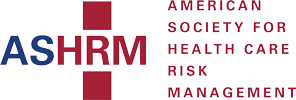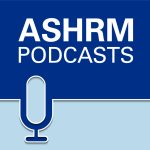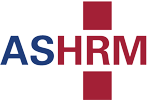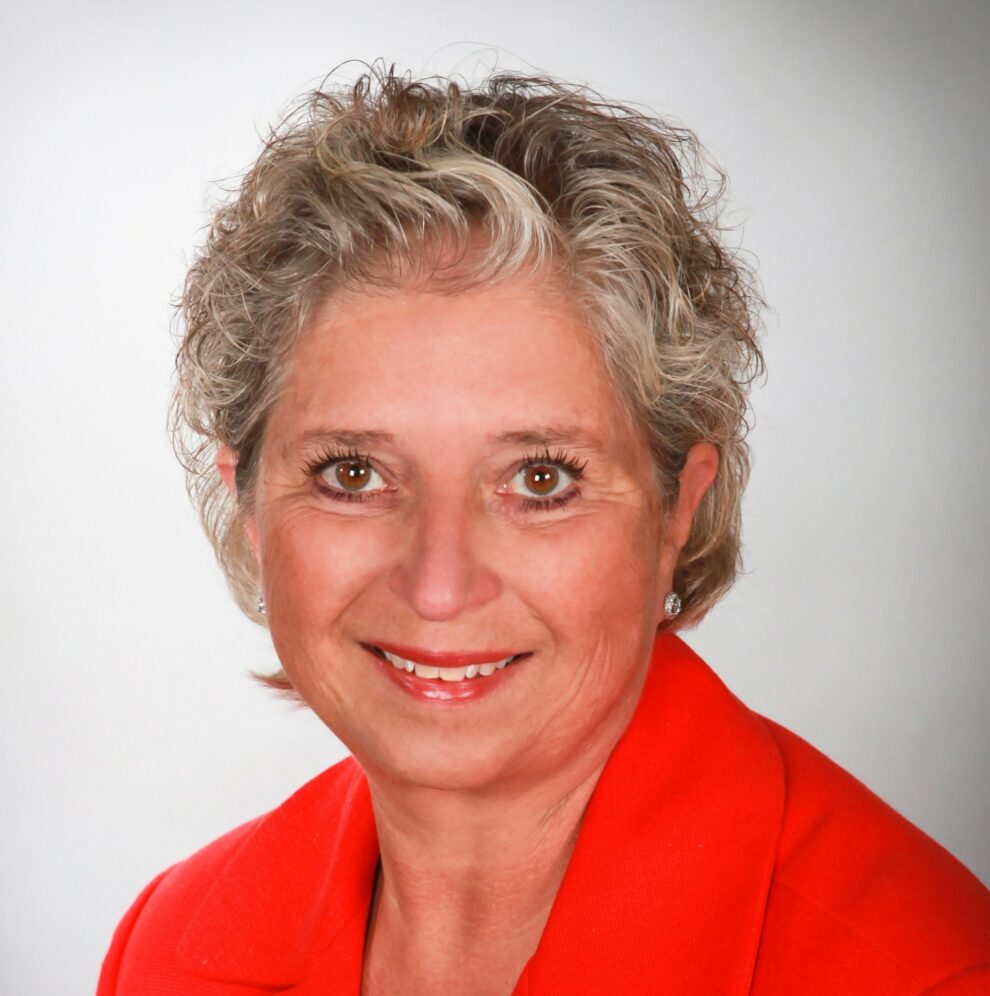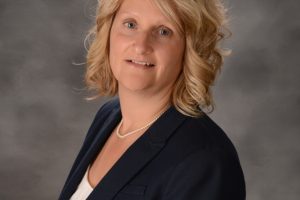Mark Cuban, entrepreneur and owner of the Dallas Mavericks, noted recently that there are two new interview questions employers should ask job hunters: 1 – What did you learn during the pandemic of 2020 and 2- What skills did you add during the pandemic of 2020? After chuckling to myself, I realized the answers would add some important insight about potential job candidates.
Not that I am looking for a new job, but the questions were a great exercise in introspection. Maybe some of us brushed up on microbiology or took a new interest in epidemiology. Perhaps we became part of their organization’s incident command or learned how to productively work from home. We watched examples of human nature play out around mask use, self-isolation, job loss and fear. How did we personally react to these challenges? What did we learn?
My friends joke I was built for a pandemic. With a background in nursing, public health, infection control, quality, risk management and as a safety officer, I led the COVID-19 testing activities for my organization. I now know more about flocked swabs than any self-respecting risk manager should know. Below are some of the valuable lessons I learned or re-learned which I want to share.
- Leaders need to lead. This lesson it is the most valuable for us as risk managers. It is true; you can successfully lead a band without knowing how to play a single instrument. Our COVID-19 Test Team is doing amazing things and is truly appreciated by the organization. I have not done a darn thing other than keep the trains running on time, toss out a few “have we thought about…” and act as the liaison with senior leadership. I caught myself a few times trying to solve the problem, but that is not the job. Leaders need to know just enough to advocate on the team’s behalf and identify potential potholes. Delegate with authority and stay out of the way. Although much has been written about delegation as a core leadership skill, very few of us do it consistently well. We either feel we do not have time to delegate, do not know our team well enough to trust them with the job or, honestly, like to dabble in the weeds. We are better off spending time outlining the vision, the objectives and setting clear expectations (1). This is not abdicating responsibility – it is prioritizing, coaching, developing new leaders and creating a better work product. (2)
- Employees love learning and doing something new. Employees love being part of something bigger than themselves — something valued and needed. With this pandemic, many employees had an abrupt change in their “day jobs.” Our Test Team is built of unlikely folks who are doing unlikely things. The nursing informaticist who is detail-oriented and unafraid to jump in. The BCLS coordinator who is a natural teacher. The surgical technologist who can convince anyone that having a nasopharyngeal swab is no big deal. The urgent care staff stepping up to run our drive-by testing operation. The list goes on. I am constantly reminded of Simon Sinek’s great quote, “People don’t buy into what you are doing, they buy into why you are doing it.” (3) Our team’s purpose was clear from the beginning. The “what” we are doing and “how” we are doing it continuously change, but the “why” and its value never does. Most of these team members have never worked together before, are unwavering in their commitment, and produces some remarkable results. It has been truly inspirational.
- Employees are nimble. Risk management principles promote the safety features inherent in standardized work and what it takes to hardwire a practice until it becomes a habit. The virus and pandemic did not afford us this luxury. The team knew it needed to be really good at something today and then really good at something totally different by the end of the week. Week after week after week without being discouraged. Team members have become well-versed in lean production, as none of our changes can be too complicated to implement or to remember. They have also become well-versed in rapid cycle improvement. If something does not work, it is quickly modified or abandoned, with no time to waste. We embrace a just culture. We agree that human errors are bound to happen; the goal is to prevent serious patient harm and learn from them. (4) We relocated our drive-by test site twice. We formed an inpatient test team for a variety of good reasons and disbanded it a month later. Nimble team members are like great baseball players: knees bent, glove out in front, eyes focused and ready to sprint. The Harvard Business Review May/June 2020 edition featured “The Agile Leadership Team Manifesto,” a set of principles and behaviors that help balance standard work, prioritization, and permission to innovate. (5)
- Metrics should be simple. Our initial goal was to keep track of test kit inventory. Did we know where they all were, how fast were they being used and how many days did we have on hand? We tracked COVID-19 test volume. We tracked when specimen collection was occurring faster than test kit availability. We then tracked the number of positive test results. With a more stable supply chain, we slowly expanded our testing and screening criteria, watching our test positivity rate drop from 23% to 2%. Finally, when able to procure the reagent, we started tracking specimens processed on our in-house analyzer, achieving a faster turnaround time. We know we cannot spend lots of time on data management, so we keep it simple: four data elements. The data needs to be easy to collect, understand, display and to accurately tell the story. (6) Our biggest risk is the metric that is not sensitive or specific enough to warn us when to change course. (7) Anecdotally, we are now monitoring who comes through our drive-through testing clinic. A change in this pattern might signal new transmission risks as the state begins to re-open for business and tourism. With our small mix of key performance indicators (KPI) and key risk indicators (KRI), we quickly know where we are, when to be cautious and when to celebrate.
- Meetings of 30 minutes are productive. We meet frequently. It is our most predictable activity and a time to check in with each other. We practice all the published meeting skills. We start and end on time, have short agendas and take minutes to keep us on track and memorialize key facts for the After Action Report (AAR). We use the time to predict resources and gauge resiliency. We need to consider at what point will we need a second person to collect or process specimens? Do we need an additional courier run? Is anyone getting burned out? Interestingly, this is another trait of an agile team, moving from meeting to “swarming” sessions, allowing the team to quickly get to decision making. (8) And like delegation, running an effective meeting is a core leadership skill, which, unfortunately, is an opportunity for improvement for most of us. Meetings require planning, active participation, and most likely a culture change. (9
- Safety of patients & employees is No. 1. No matter how busy, disruptive or distracted things get or how many loose ends there are, patient and employee safety remains front and center. Correctly used PPE, safe testing environments, patient education on what to expect, verification of patient identity and timely reporting of results are reinforced. Our fear is task saturation or trying to do too many things at one time. We keep things simple, crosscheck our work and have each other’s back. Our team hit this out of the park.
- Lab expertise and infrastructure totally under appreciated. Swans glide smoothly across a pond while they furiously paddle below the surface. That is our lab. They align swabs and media with analyzers, choose the quickest route for specimen processing and keep up with the latest literature on PCR/IgG accuracy. Our lab leadership and staff are phenomenal. For all of us to be successful, our team relies on the lab accomplishing what only they can do. The recognition of this interdependence is what Edgar Schein calls “here and now humility.” (10) Not the humility afforded our elders and not the humility afforded those we are in awe of, but a humility that comes from respect for the unique skills each member contributes to teamwork. (11) It requires us to ask more and tell less. It requires a relationship. So while the lab is heads-down on the day-to-day, we support them by highlighting their contributions and removing barriers that get in their way.
- Communication increased. Test Team activities hold a predictable spot in our incident command reporting. Using a structured format, it is a place to consistently share current activities, next steps, resource needs and data results. (12) Having physician practice leadership on our team allows us to quickly highlight critical COVID-19 testing points that may get lost in the formal guidance. (13) We recently conducted a provider survey to solicit feedback on our activities to date and suggestions on how we could further support providers through 2020/2021. We also knew early in the pandemic that our local long-term and congregate living communities would be a source of vulnerability for their residents, their staff and for acute-care bed capacity. We conducted two surveys with this group: nursing facilities, group homes, shelters, and the county correctional facility. Two-way communication with key stakeholders allows us to cast a wider net, providing support, anticipating problems and improving our overall service delivery to the community. (14)
- Celebrations important. We continue to achieve results and actively celebrate our accomplishments. We highlight teamwork while taking note of individual contributions, whenever possible. We shout out a process that works as intended, a drive-by test volume that is more than anticipated and metrics heading in the right direction. Recognition of a job well done is important part of job performance, job satisfaction and leadership.
Although we are slowly heading back toward routine operations, we know COVID-19 is not going away. How it intersects with flu season will present a different set of opportunities and challenges. An FY21 budget for Test Team resources is being developed. Only some of the original team will remain, yet everyone will have great stories to tell. Remember – we are unlikely folks who are doing unlikely things.
References
- Brearley,Ben. (2015). Why Leaders Don’t Delegate Tasks (and How to Fix It). Retrieved from https://www.thoughtfulleader.com/why-leaders-dont-delegate-tasks/
- Kruse, Kevin. (2018, Dec. 7) Secrets To Delegating Effectively: 4 Leaders Weigh In. Forbes. Retrieved from
- https://www.forbes.com/sites/kevinkruse/2018/12/02/secrets-to-delegating-effectively-4-leaders-weigh-in/#5979548263fc
- Simon, Sinek. (2009). Start with Why: How Great Leaders Inspire Others to Take Action[Kindle Version]. Retrieved from http://www.amazon.com/
- Outcome Engenuity (2020). Retrieved from https://www.outcome-eng.com/david-marx-introduces-just-culture/
- Rigby D., Elk S., and Berez, S. The Agile C-Suite, A New Approach to Leadership for the Team at the Top. Harvard Business Review, May/June, page 72
- Carroll, R. (2015). An Enterprise Risk Management Playbook: Implementation Guide for Healthcare Professionals, Chicago, Illinois: ASHRM, page 103.
- Ibid, p. 104
- Rigby D., Elk S., and Berez, S. “The Agile C-Suite, A New Approach to Leadership for the Team at the Top. Harvard Business Review, May/June, 73.
- Rogelberg, S. Why Your Meetings Stink and What to Do About It. Harvard Business Review, Jan/Feb, 143.
- Ibid, p. 54
- Coso. (2017 June) Enterprise Risk Management Integrating Strategy and Performance. Retrieved from https://www.coso.org/Documents/2017-COSO-ERM-Integrating-with-Strategy-and-Performance-Executive-Summary.pdf
- Committee of Sponsoring Organizations of the Treadway Commission. (2017). Enterprise Risk Management: Integrating with Strategy and Performance, Alpharetta Georgia: IIA Bookstore. page 106.
- Ibid, p. 103
- Ibid, p. 102
Barbara McCarthy RN, MPH, CIC, CPHQ, CPHRM, FASHRM is Enterprise Risk Officer at the Beverly Hospital, Massachusetts. She has been an active member of state and national risk management associations for 17 years and was Massachusetts ASHRM state chapter president in 2009. Most recently, she was a member of the ASHRM board and is currently deputy chair of the ERM Task Force, an ERM faculty member and a member of the Leadership Task Force.
